Filter by
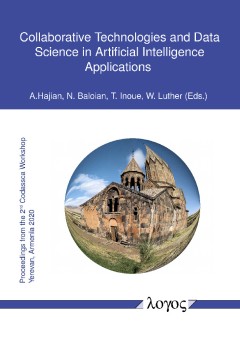
Collaborative technologies and data science in artificial intelligence applic…
In September 2020, researchers from Armenia, Chile, Germany and Japan met at the American University of Armenia for a virtual conference to discuss technologies with applications in smart cities, data science and information theory approaches for intelligent systems, technical challenges for intelligent environments, smart human centered computing, artificial neural networks, and deep learning.…
- Edition
- -
- ISBN/ISSN
- 9783832551414
- Collation
- vii, 190p.; ill.
- Series Title
- -
- Call Number
- 006.3 COL c
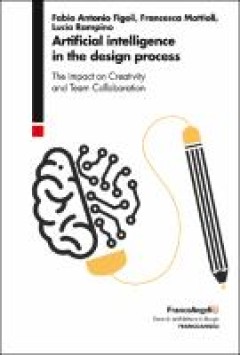
Artificial intelligence in the design process
The book discusses how to include artificial intelligence (AI) systems in the early stages of the design process. Today designers need new tools capable of supporting them in dealing with the increasing project’s complexity and empowering their performances and capabilities. AI systems appear to be powerful means to enhance designers’ creativity. This assumption was tested in a workshop whe…
- Edition
- -
- ISBN/ISSN
- 9788835134640
- Collation
- -
- Series Title
- -
- Call Number
- 006.3 ART a
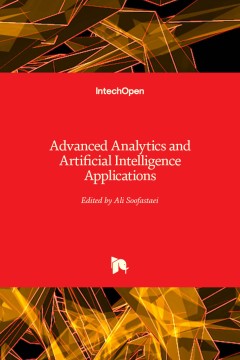
Advanced analytics and artificial intelligence applications
Computers and machines were developed to reduce time consumption and manual human efforts to complete projects efficiently. With fast-growing technologies in the field, we have finally reached a stage where almost everyone in the world has access to these high technologies. However, this is just a starting phase because future development is taking a more advanced route in the shape of artifici…
- Edition
- -
- ISBN/ISSN
- 9781839627705
- Collation
- xiii, 97p.; ill.
- Series Title
- -
- Call Number
- 006.3 SOO
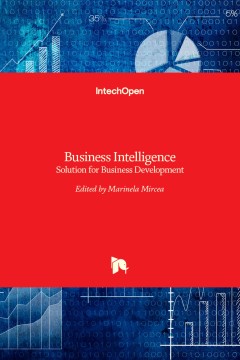
Business intelligence
The work addresses to specialists in informatics, with preoccupations in development of Business Intelligence systems, and also to beneficiaries of such systems, constituting an important scientific contribution. Experts in the field contribute with new ideas and concepts regarding the development of Business Intelligence applications and their adoption in organizations. This book presents both…
- Edition
- -
- ISBN/ISSN
- 9789535156352
- Collation
- xi, 108p.; ill.
- Series Title
- -
- Call Number
- 006.3 MIR

Physics of earth’s radiation belts : theory and observations
This open access book serves as textbook on the physics of the radiation belts surrounding the Earth. Discovered in 1958 the famous Van Allen Radiation belts were among the first scientific discoveries of the Space Age. Throughout the following decades the belts have been under intensive investigation motivated by the risks of radiation hazards they expose to electronics and humans on spacecraf…
- Edition
- -
- ISBN/ISSN
- 9783030821678
- Collation
- xx; 272 pg; ill.
- Series Title
- Astronomy and astrophysics library
- Call Number
- 525.2 PHY p
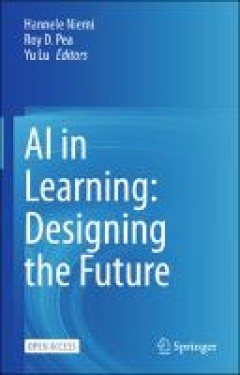
AI in learning : designing the future
AI (Artificial Intelligence) is predicted to radically change teaching and learning in both schools and industry causing radical disruption of work. AI can support well-being initiatives and lifelong learning but educational institutions and companies need to take the changing technology into account. Moving towards AI supported by digital tools requires a dramatic shift in the concept of learn…
- Edition
- -
- ISBN/ISSN
- 9783031096877
- Collation
- xv; 344 pg; ill.
- Series Title
- -
- Call Number
- 607.598 AII a
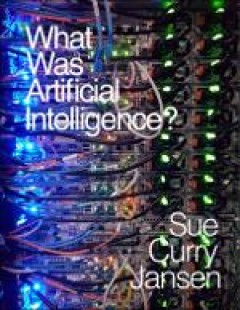
What was artificial intelligence?
When it was originally published in 2002, Sue Curry Jansen’s “What Was Artificial Intelligence?” attracted little notice. The long essay was published as a chapter in Jansen’s Critical Communication Theory, a book whose wisdom and erudition failed to register across the many fields it addressed. One explanation for the neglect, ironic and telling, is that Jansen’s sheer scope as an in…
- Edition
- -
- ISBN/ISSN
- 97819513990546
- Collation
- 37p.
- Series Title
- -
- Call Number
- 001.535 WHA
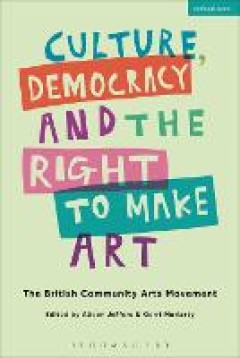
Culture, democracy and the right to make art : the British community arts mov…
Based on the words and experiences of the people involved, this book tells the story of the community arts movement in the UK, and, through a series of essays, assesses its influence on present day participatory arts practices. Part I offers the first comprehensive account of the movement, its history, rationale and modes of working in England, Northern Ireland, Scotland and Wales; Part II brin…
- Edition
- -
- ISBN/ISSN
- 9781474258388
- Collation
- xiv; ill; 280 p.
- Series Title
- -
- Call Number
- 700.10309410904 JEF c

Performing modernism a jewish avant-garde in bucharest
The book examines the reach of modernism in design and performance in Romania between the two world wars, focusing on remarkable Jewish avant-garde artists located in Bucharest. Based on extensive new research, it shows how Romania's capital was connected to Berlin, Riga and Chicago through modern design and experimental Yiddish theatre, highlighting the contribution of Jewish cultural producti…
- Edition
- Edition 1
- ISBN/ISSN
- 9783110765687
- Collation
- ill; 232 p.
- Series Title
- -
- Call Number
- 792.094982 CHI p
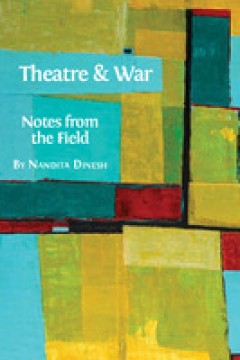
Theatre and war : notes from the field
"Nandita Dinesh places Kipling’s ""six honest serving-men"" (who, what, when, where, why, how) in productive conversation with her own experiences in conflict zones across the world to offer a theoretical and practical reflection on making theatre in times of war. This timely and important book weaves together Dinesh’s personal narrative with the public story of modern conflict, illustratin…
- Edition
- Edition 14
- ISBN/ISSN
- 9781783742585
- Collation
- 210 p
- Series Title
- -
- Call Number
- 809.293581 DIN t
 Computer Science, Information & General Works
Computer Science, Information & General Works  Philosophy & Psychology
Philosophy & Psychology  Religion
Religion  Social Sciences
Social Sciences  Language
Language  Pure Science
Pure Science  Applied Sciences
Applied Sciences  Art & Recreation
Art & Recreation  Literature
Literature  History & Geography
History & Geography